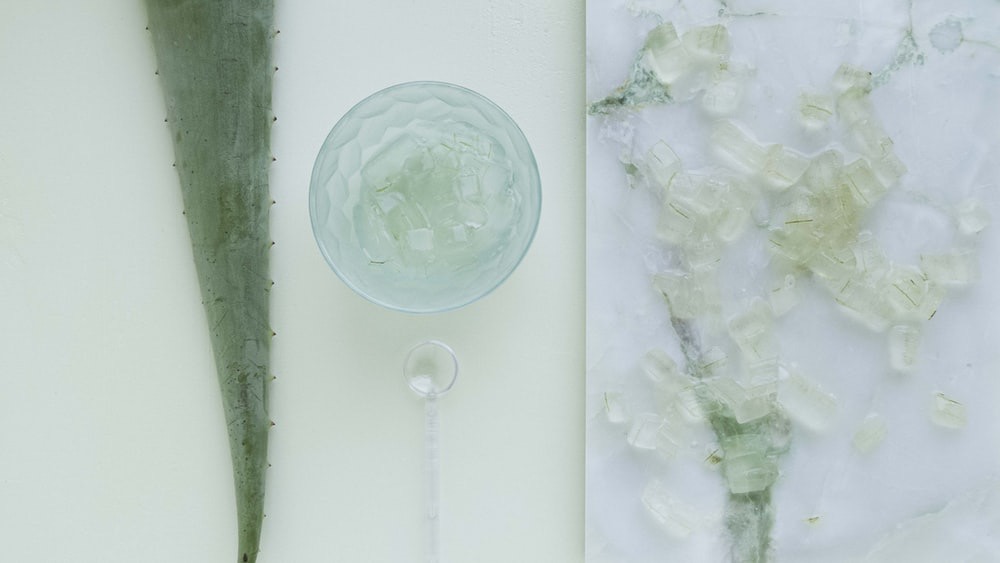The No Poo Method has become substantially popular. The theory is that shampoo causes more damage than good, stripping our hair of its natural oils. As a result many people have chosen to use natural ingredients to clean their hair rather than shampoo.
While for most people there is no medical reason to shampoo our hair, there is also no scientific research to support the belief that the ‘No Poo Method’ is the healthier option. That being said, it is not detrimental either. How frequently we shampoo our hair, if at all, is a personal choice.
If you have been toying with the idea of converting to the no poo method, there are several things to consider. Before making an informed decision it is important to understand the basics of ‘poo’. In this blog, we will discuss what shampoo actually is? Is it necessary? And how it is different from natural products?
Shampoo has only been popularized in the last century, but what is it exactly and do we really need it?
Our hair produces a natural oil called Sebum. The speed with which our hair gets dirty depends on many lifestyle factors such as exposure to elements, how frequently we exercise and sweat etc. Dirt also sticks to the sebum, causing a build up of oil and dirt. Shampoo is an emulsifier that traps oil and dirt, allowing it to easily rinse off with water. This is the basic function of shampoo, and the cheapest shampoo or even a harsh soap would be able to achieve this task, to simply clean the hair.
What makes some shampoo superior is the quality of ingredients. For instance, SLS (Sulfate) which is an ingredient which I talk about frequently. It is a harsh detergent used to create lather and remove grime. Using a SLS free shampoo will be gentler on your hair, thus removing less sebum. The same would apply to shampoo with natural, organic ingredients, such as Oway or Davines. Many products are created with inferior synthetic ingredients and can strip our hair. The general rule of thumb that I live by is the more natural ingredients, the better.
What is sebum and what happens if it’s removed?
Shampoo, when removing dirt from our hair, also removes the natural oil called sebum which our hair produces from the sebaceous glad as we see from the image below. This leaves our hair cuticles vulnerable. In response, the sebaceous glands pump out more sebum, thus creating more oil.

While this is the basic philosophy of the no poo method, quitting shampooing completely is certainly not the only way to combat this problem. There are several important factors to consider when choosing the products we use (or don’t use!) and PH is one of them.
What is PH and why is it important?
PH is the measure of acidity or alkalinity. The range is from 1 (acid) to 14 (alkaline). PH of 7 is considered neutral. Our hair is a PH of 4.5 – 5.5.
When we look at our hair under a microscope, it looks like the scales of a snake. For our hair to be soft and smooth, the cuticles on our hair need to be closed or flat. When our hair is damaged, dry or porous, the cuticles are open. It is important that the products we use on our hair are PH balanced in order for the cuticles to close.
A product with a PH higher than 7 can cause damage to the hair, opening the cuticles causing it to be dry and brittle. A lower PH shampoo will soften and close the cuticles, preserving the oils of the scalp. Therefore, even though shampoo can leave our hair more vulnerable due to removing the sebum, if the product is gentle and PH balanced it is unlikely to do any real damage. Here are a few examples of low PH shampoo:
Are natural products healthier for our hair than shampoo?

When we take what we’ve learned into consideration we start to understand that PH is extremely important for our hair health. When using natural products for our hair it is important to check the PH. Here are some examples:
- Apple cider vinegar has a low PH of about 3 and can be used to balance our hair. This ingredient is known for being rich in vitamins and minerals and is used by people who practice the no poo method as a shampoo substitute.
- Baking soda which has been suggested as a hair cleaning substitute has a PH of 9 which is extremely high. I would not advise using baking soda on your hair unless diluted.
- Aloe Vera has a PH of 4.5 -5.5 which makes it a gentle alternative.
In summary, there is no right or wrong answer. We make choices that best suite our lifestyles and that is exactly as it should be. The No Poo Method serves a purpose, which is to use more natural ingredients and be gentler on our hair and scalp.
However, what I have shown in this post is that it is entirely possible to be natural and gentle, ditch the chemicals, and still use shampoo. When our consumer choices are conscious and thoughtful, we send a message to manufacturers, telling them these are the type of products we want. Let us collectively send the message that we want gentle, natural, balanced products for our hair and our bodies.
Related Questions
What can I use to remove oil build up when practicing the No Poo method?
Natural products that are safe to use to remove oil build up include apple cider vinegar, lemon or lime juice (diluted with water) and Aloe Vera. As mentioned before, baking soda alone can damage your hair but it is safe to use if diluted. 2 tablespoons of baking soda in 3/4 cup of water will remove oil build up but please do use with caution. Essential oils can be added for scent. Tea tree oil is great for scalp stimulation and lavender oil is lovely for the hair too. Just a couple of drops diluted, never directly onto the hair.
How can I check the PH of shampoo?
The PH of shampoo is rarely listed on the bottle. The manufacturers should have the levels listed on their MSDS (medical safety data sheet) or you can get PH testing strips which is a worthwhile investment if you have experienced difficulties finding the right products for your hair.



